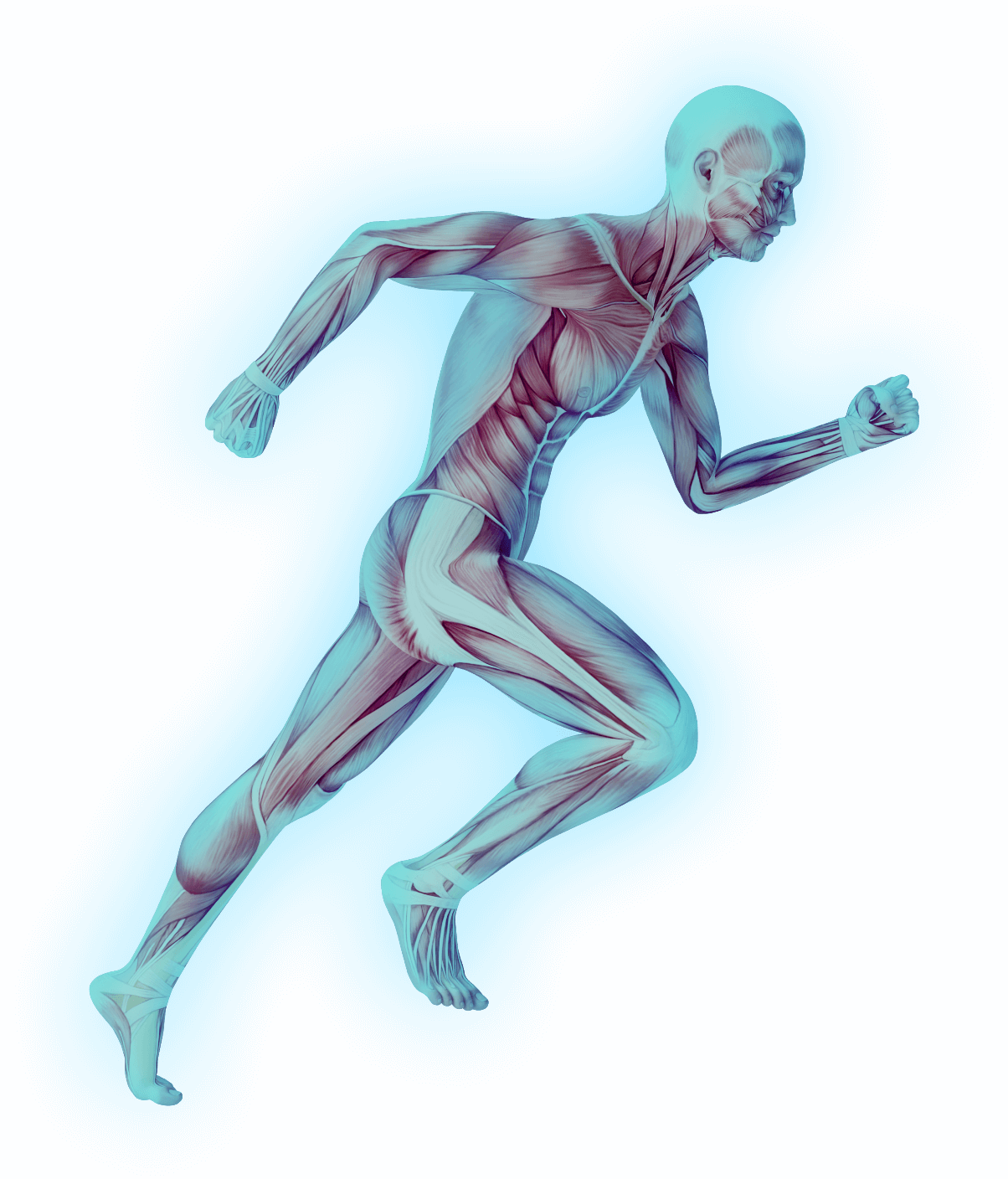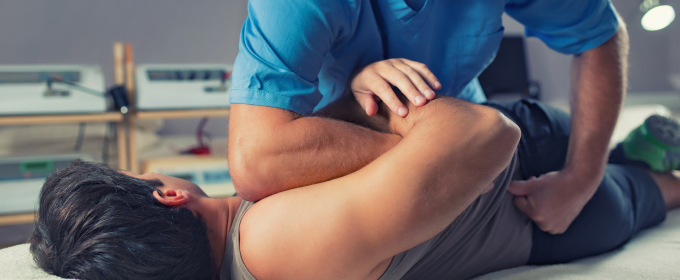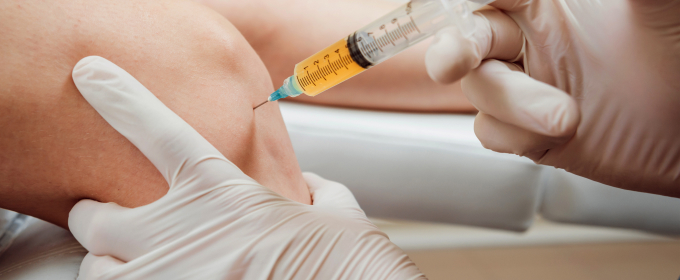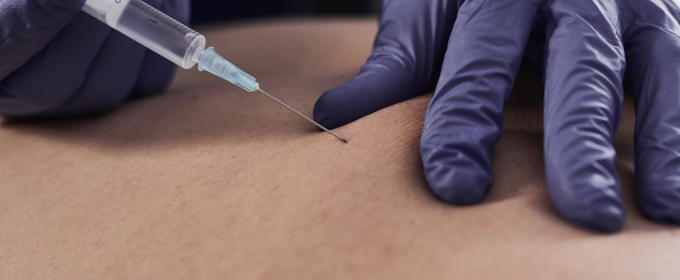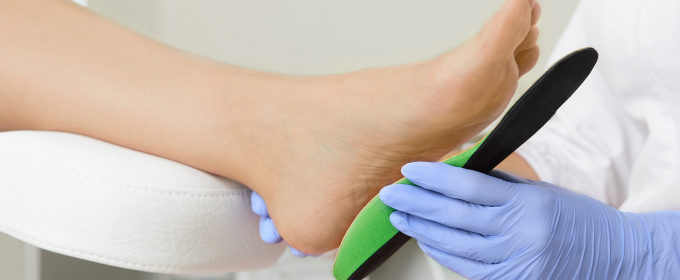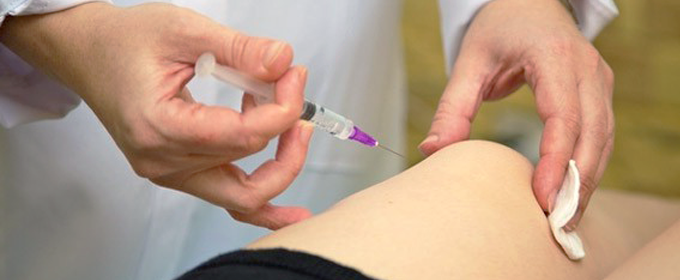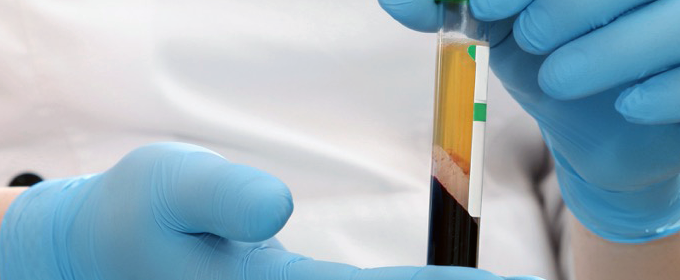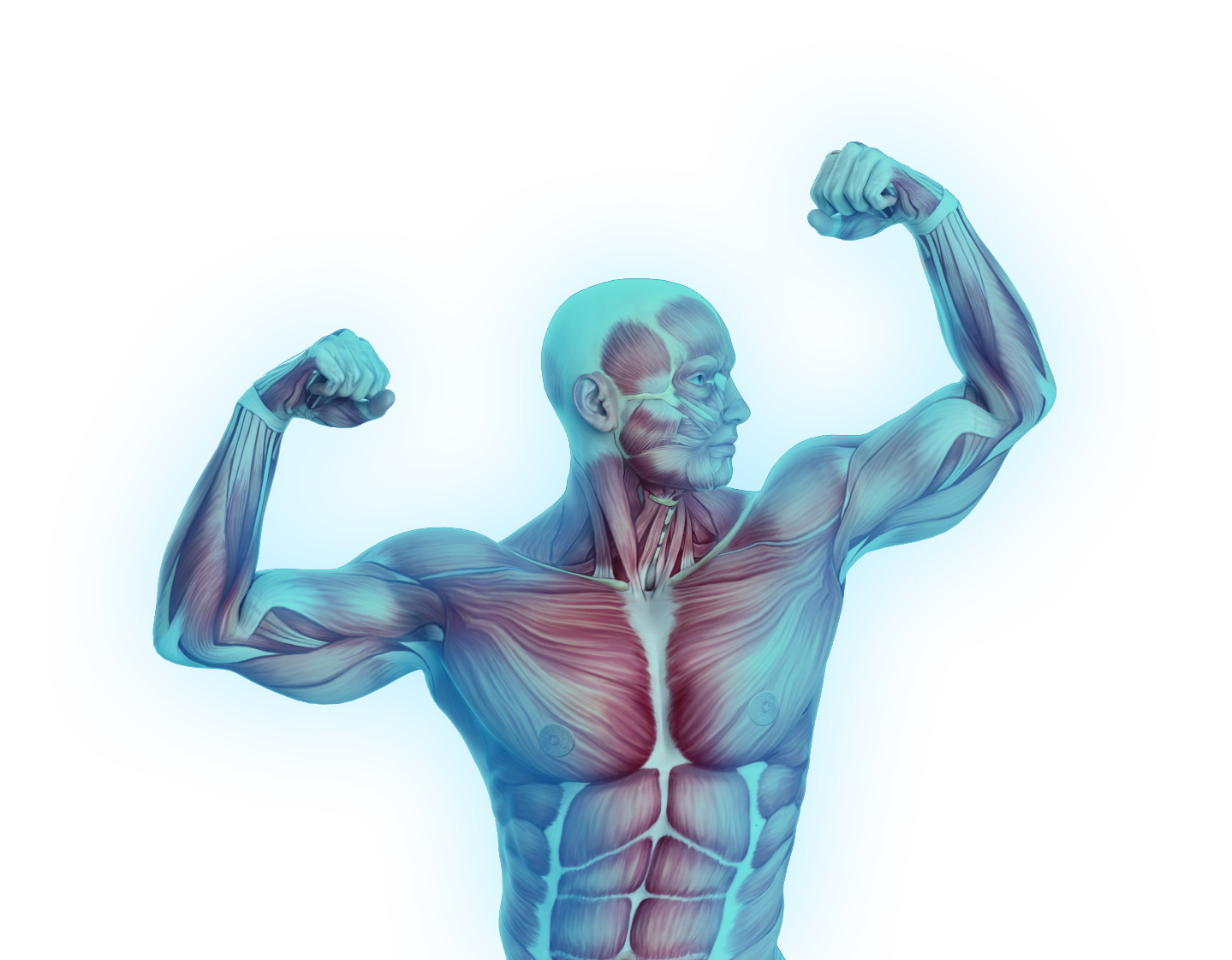They ensure that your entire skeleton, ligaments and muscles remain balanced and aligned while standing and walking. If your feet are not functioning properly, you may experience joint and muscle pain not only in your feet, but also, possibly, in your:
-
Ankles
-
Knees
-
Hips
-
Pelvis
-
Lower back – or, even, your
-
Head and
-
Neck
The most common foot malady is flattening of the plantar arches (Pes planus), or “flat feet.” This problem is commonly experienced by both men and women beginning at about 45 years of age. The usual symptoms and signs affect both feet and consist of varying degrees of:
-
Foot pain
-
Lateral deviation of the first toe (Hallux valgus) – and
-
Bunion formation, which is a degenerative destruction of the joint at the base of the first toe. Bunions are cosmetically unsightly, can cause difficulty in fitting shoes, and often become painful
Other complications of flat arches include:
-
Extremely painful heel and instep (i.e., Plantar fasciitis)
-
Extremely painful forefoot (i.e., metatarsalgia)
-
Morton’s “neuroma” – and
-
Extremely painful 1st toe base joint (Hallux limitans or rigidus)
Any of these problems can vary in degree of severity from one foot to the other.
Causes for Foot and Toe Pain
-
Normal weight-bearing over a life-time of walking – we can walk up to 3000 to 5000 steps a day!!
-
Normal wear-and-tear and osteoarthritis
-
Repetitive occupational or sports joint strain and sprain
-
Direct sprain injury to the skeletal, muscle or ligament tissuesdue to a traumatic accident – and
-
Short leg syndrome
Treatments for Foot and Toe Pain
A variety of treatment options are offered at here, depending upon your specific diagnosis: Osteopathic Manual Therapy (OMT) is helpful in mobilizing misaligned foot bones – especially the cuboid bone.
Acute foot ligament sprain often responds very well to Neural Therapy. This treatment can greatly reduce foot ligament swelling and pain – often minimizing the need for follow-up Prolotherapy. More chronic foot sprain injuries are very responsive to Prolotherapy, which is directed to foot ligament or muscle tendon attachments – depending on history and findings on examination and X-ray. Particular care needs to be taken as to how the tendinous injuries are treated.
Platelet-Rich Plasma (PRP) Therapy would be more appropriate if the sprain injury and dysfunction are due to significant ligament or tendon tearing.
The pain of foot and toe wear-and-tear osteoarthritis can often be relieved or, at least, minimized by treating the coexisting ligament sprain injuries by Prolotherapy. Intra-articular therapy has been reported helpful in minimizing – in some cases restoring – articular cartilage loss.
Orthotic Therapy can restore your foot’s natural arch and resolve pain and dysfunction of plantar fasciitis and first toe joint degeneration. Orthotics will not improve first-toe degenerative changes – but they will help prevent further destruction – and ward off serious surgical repair. Treatment of related issues In most patients, a single orthotic fitting resolves basic foot and gait problems. However, if you have been dealing with foot pain or dysfunction for an extended period of time – before obtaining an orthotic impression and fitting, you may require Rolfing (Structural Integration).
Rolfing can rebalance the ligament and muscle tissues of the leg, ankles and feet that have developed compensatory tensions and laxities over a long time of foot musculoskeletal imbalance. These compensatory changes often result in an abnormally formed foot and arch. Rolfing is especially helpful in reducing the degree of Pes cavus. i.e., an abnormally high plantar arch.

